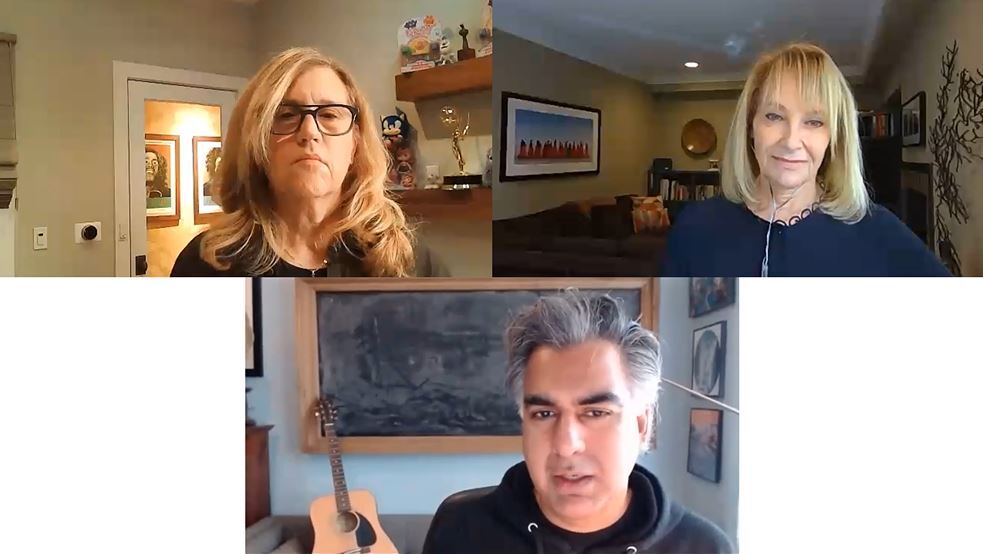How company values are a key asset in hiring, firing

Leaders from Dark Slope and Portfolio Entertainment share key strategies for hiring and firing employees to create a successful and efficient work culture.
To hire or not to hire? That is the question for media leaders eager to grow their fledgling companies, but worried about expanding too soon.
“The most obvious opportunity to underline to your staff what you believe in and what your values [as a company] are is who you hire and, more importantly, who you fire,” said Raja Khanna, former Blue Ant Media CEO and founder of immersive tech company Dark Slope, in a 30-minute panel that delved into how leaders can position their companies for success through how they build and rebuild their teams.
The BANFF Spark accelerator program for women entrepreneurs panel, titled Growing Your Media Company: When to Hire, When To Fire, featured Khanna and Lisa Olfman, Portfolio Entertainment CEO and co-founder, hosted by MC executive producer Irene Weibel. It was part of the CIX Digital Summit, a virtual two-day, internationally recognized tech investment conference.
The discussion began with a focus on how a company’s value alignment is a key asset to building an effective team. By using clear and specific value statements – ranging from key performance indicators such as new commissions and sales to expectation of moral and professional behaviours – a company can foster a healthy work culture, according to Khanna.
Olfman added that values can and must be adjusted over time, especially in the Canadian media industry where the emergence of streaming platforms and the possibility of regulation changes from the CRTC can disrupt the status quo.
Carefully strategizing who to hire, and how quickly, can also impact the values, according to Olfman. “Don’t hire too quickly, but don’t hire too late when your C-suite execs are spread too thin and are doing jobs that they’re not specialized in,” said Olfman. “The value alignment shifts as you hire executives who bring in new ideas about expansion.”
Another challenge is knowing when to let someone go, especially during the COVID-19 pandemic when the job market has become smaller and more competitive. Olfman says it’s “critical” to determine as quickly as you can when to let a senior level team member go, as effective leaders in every department are more important than ever. On the flip side, she said she’s more reluctant now to fire lower level employees who will have a harder time finding new work.
So, how do you determine when to let someone go? Khanna says that when an employee isn’t performing, the majority of the time the fault is with the company and management, either through a “misalignment of their skills, poor communication of what’s expected them or poor feedback.” That means offering critical and specific feedback to the employee, especially if they’re not following the company’s value alignment, as well as ensuring their skills match with their job expectations.
“If that still doesn’t work, then that’s the moment you need to act quickly because that’s when the individual is holding your [company] culture hostage,” said Khanna. “That is the critical time when you will be judged for not nurturing your culture.”

 The definitive CDN broadcast and production resource.
The definitive CDN broadcast and production resource.










